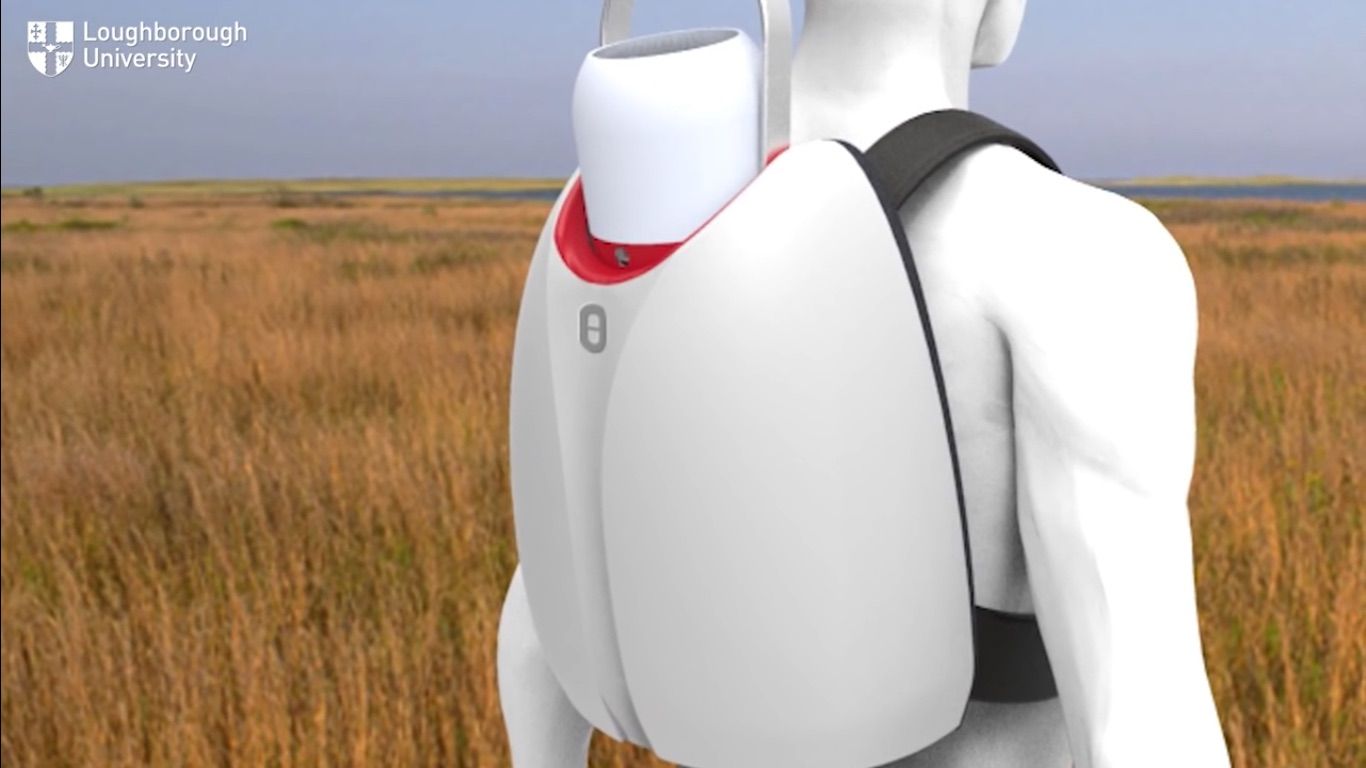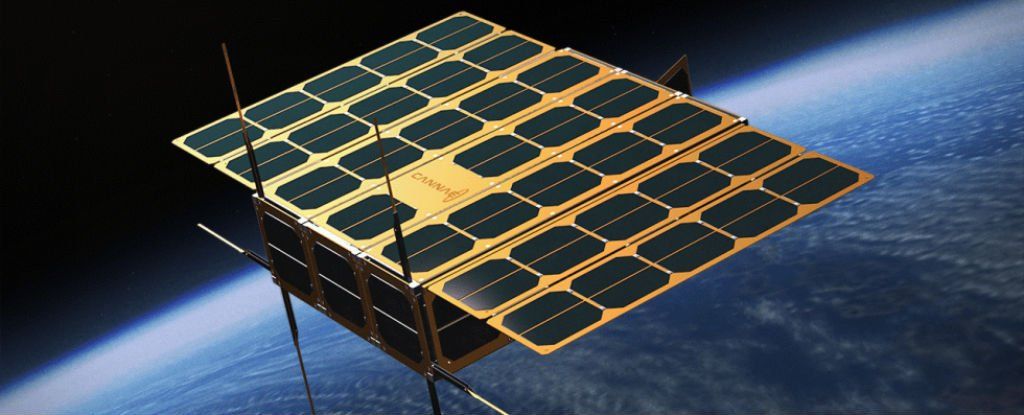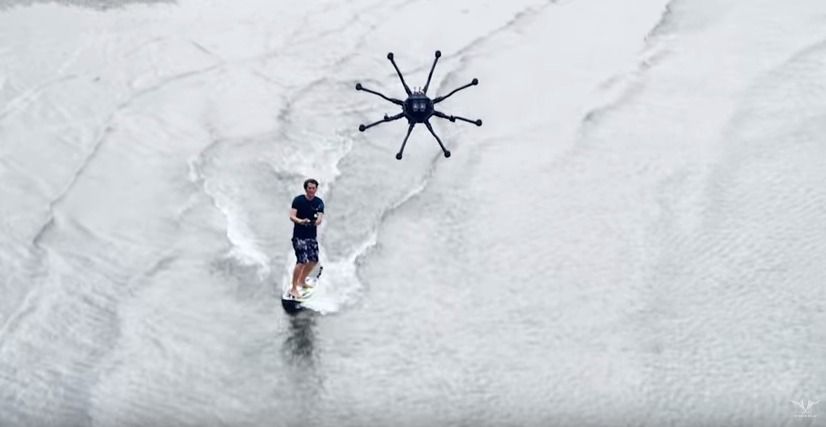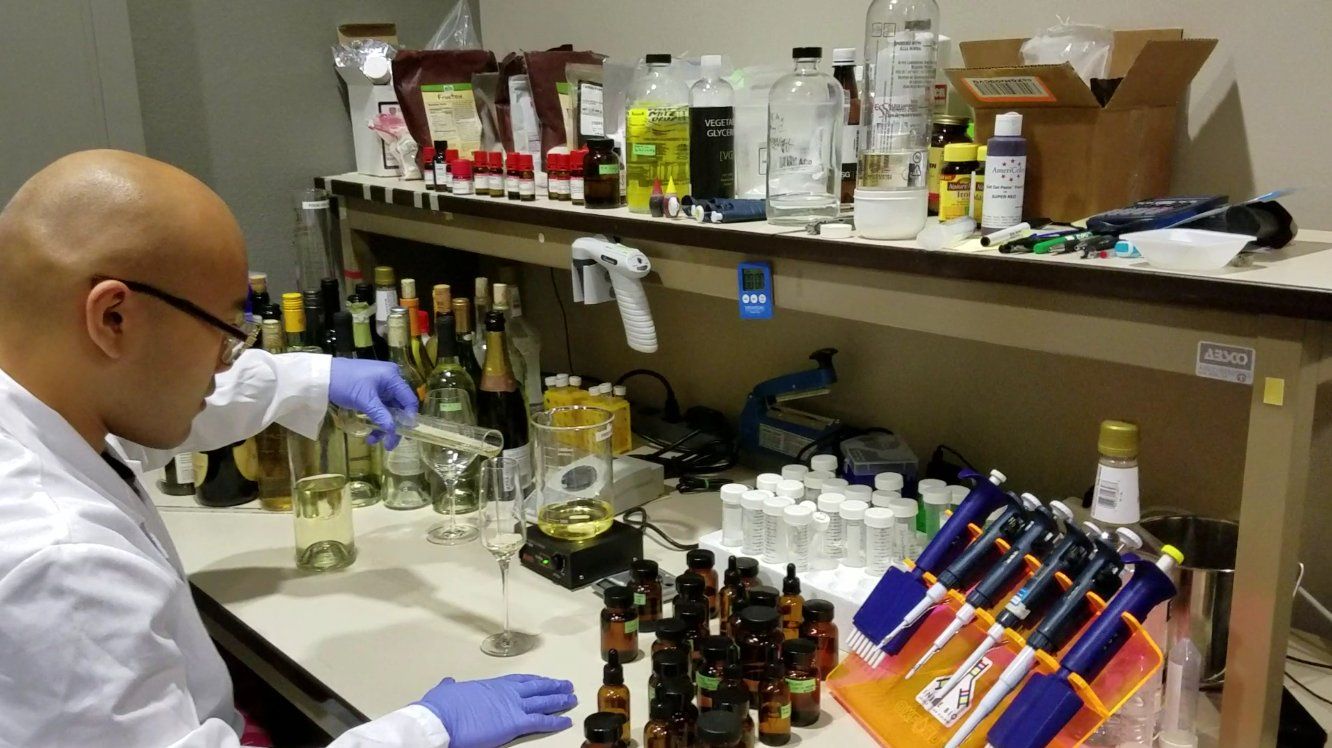Medical supply transportation is a serious problem in remote regions, where it may take weeks to transport a vaccine where it’s most needed. But a British student has developed a simple device that might help get supplies where they need to go and save millions of lives in the process.
Will Broadway of Loughborough University created the tank as a way to extend the life of fragile medical supplies, like vaccines, samples, and organs.
The device uses a simple ammonia reaction that creates a cooling effect when charged. It can keep vaccines within a stable temperature realm for up to 30 days. While it’s currently designed for vaccines, Broadway next wants to make it transport organs and tissues to people in need.








